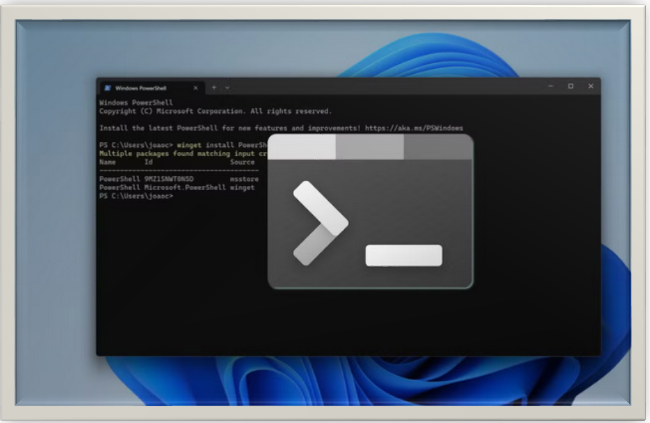HOW TO TROUBLESHOOT A BLINKING RED LOS SIGNAL ON MODEM: FIBER OPTIC WOES
Unlock solutions to fiber optics issues with our beginner's guide. Troubleshoot red LOS problems efficiently. Your essential fiber optic troubleshooting resource!

INTRODUCTION:
Is your internet connection giving you trouble, causing you to stare at a bewildering red light blinking on your fiber optic modem? Be at ease! It's not always doomsday for a flickering, reddish LOS (Misfortune of Flag) light to be there. With the help of this guide, you'll be equipped with the knowledge necessary to quickly resolve this common problem and go back online.
Understanding the LOS Light
Utilizing lean strands of glass or plastic, fiber optic internet can transmit light signals. Your modem's LOS light indicates if it is receiving a signal from a fiber optic cable. A consistent green light shows a strong association, while a pungent reddish light suggests interruption.
Typical Reasons for Blinking Red LOS:
· Loss connections: A loss connection may be the primary culprit. Verify that all cables are securely plugged in at both close by checking all the cable-power cords for both modem and router, switch, and fiber optic cable.
· Power Issues: Ensure that all essential sources of power are operating as intended. For fiber optic equipment, including switches and handsets, to operate properly, power must be provided. To determine what is causing the LOS squinting, look for any power blackouts or problems with power adapters. Try power cycling your switch and modem. After 30 seconds of unplugging them from the power source, plug them back in and wait for the lights to cycle.
· Defective Cables: Cables may become damaged or frayed over time. Examine the fiber optic cable for visible indications of deterioration. If you think there may be a problem with the cable, get in touch with your internet service provider (ISP) to get a replacement.
· Equipment malfunction: Periodically, there's a chance that the modem is malfunctioning. It's possible that the modem needs to be reset or replaced if the troubleshooting techniques above don't fix the problem. Remove anything that might be in the path of the fiber optic signal. Make sure that nothing is obstructing the transmitter's and receiver’s line of sight. Minor impediments can indeed lead to signal degradation and LOS errors.
· Examine for Environmental Elements: Environmental elements can negatively affect fiber optic connections. Examples include excessive dust, moisture, and temperature fluctuations. Keep the area surrounding your fiber optic equipment dry and clean. If necessary, install protective coverings or enclosures to protect the equipment from environmental hazards.
Troubleshooting procedures:
1. Check connections: Analyzing the physical connection is the first step in resolving any fiber optic problem. Ensure that at both ends, all cables are securely plugged in. A loss of connection may occasionally result in the LOS sign flickering red. Reinstall the connectors firmly to ensure a snug fit and dust-free environment.
2. Power Cycle: This simple procedure can frequently fix short-term issues. After turning off your modem and router, and wait 30 seconds, turn them both back on in order (modem first, router second).
3. Perform the optical power measurement: To measure the signal quality at various points along the fiber optic connection, utilize an optical power meter. A significant decline in signal quality appears to indicate problems like fiber attenuation or excessive splice losses. Acknowledging these problems can help identify the problem's origin.
4. Examine Cables: Check for damage on the fiber optic cable, such as bends, kinks, or cuts. These physical absconds have the potential to obstruct light signal transmission and cause LOS errors. Replace the damaged cable with a new one to restore the network in case you find any damage.
5. Verify Equipment compatibility: Make sure that every piece of equipment in your fiber optic network is compatible and correctly configured. Inaccurate settings or disorganized equipment can result in compatibility problems and LOS errors. Consult the user manuals or get in touch with the manufacturers to get suitable setup advice.
6. Refer to your modem handbook: Different modems may have specific troubleshooting techniques outlined in the user guide. If you have any model-specific manual, refer to it.
7. Consult your Internet Service Provider: If you have exhausted all possible troubleshooting methods and the LOS flickering problem persists, it could be time to seek professional help. Speak with your internet service provider or a fiber optic systems specialist who is a skilled professional. They possess the knowledge and specialized equipment needed to evaluate and resolve complicated fiber optic problems. They can assess the problem in advance, determine whether your area is experiencing a blackout, or, in the unlikely event that it becomes necessary, provide a replacement modem.
Additional Tips:
· Avoid bending the fiber optic cable: Sharp bends can seriously harm these delicate cables. Make sure the cable has no tight loops or kinks.
· Maintain Cool Equipment: For your modem and router to function at their best, proper ventilation is essential. Avoid placing them near warm sources or enclosed areas.
· Regularly Update software: An outdated firmware on your modem may occasionally cause problems with connections. Consult your ISP to see if there are any firmware updates available.
When to call your ISP
The best course of action is to contact your internet service provider in the unlikely event that the troubleshooting methods fail to resolve the flickering, reddish LOS light or if you suspect a damaged fiber optic cable. They possess the expertise and resources necessary to conduct an authoritative analysis of the problem and restore your internet service.
CONCLUSION:
Although a blinking, red LOS light might be annoying, armed with the knowledge from this guide, you'll be able to confidently address this common problem. Remember to tackle the problem systematically, looking into every possible reason until you identify and address the underlying problem. You may quickly get your fiber optic network up and running if you are patient and persistent!
But if the problem persists, don't hesitate to contact your ISP in advance for assistance. Remember, a short call can save you hours of frustration and allow you to resume enjoying regular web activity.
Thanks for reading.
If you like the article, consider sharing and subscribing. ;)




